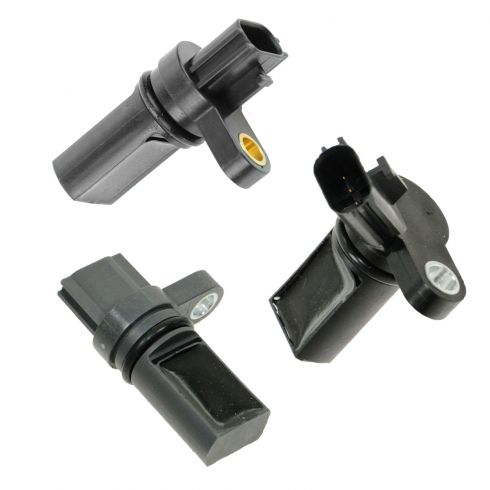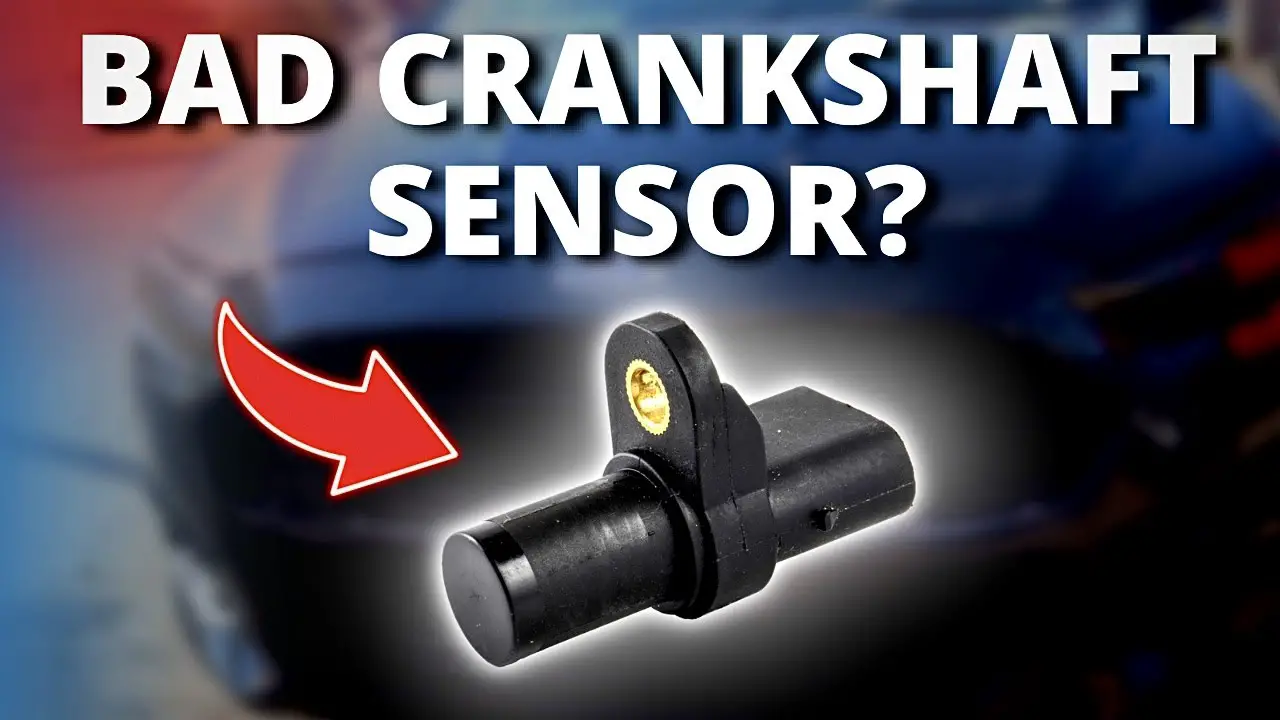Symptoms of a Bad Crank Positioning Sensor
If you’re experiencing issues with your vehicle’s performance, it could be due to a faulty crank positioning sensor. This critical component plays a key role in the proper functioning of your car’s engine, and when it fails, it can lead to a variety of problems. Recognizing the symptoms of a bad crank positioning sensor can help you address the issue before it escalates into a more severe and costly problem.
What is a Crank Positioning Sensor?
The crank positioning sensor, also known as the crankshaft position sensor, is a crucial part of your car’s engine management system. It monitors the position and rotational speed of the crankshaft, which allows the engine control unit (ECU) to determine the precise timing for fuel injection and ignition. This information is essential for the engine to run smoothly and efficiently.
Common Symptoms of a Bad Crank Positioning Sensor:
Here are some of the most common signs that indicate a malfunctioning crank positioning sensor:
- Engine Stalling: A faulty crank positioning sensor can cause intermittent stalling or a complete shutdown of the engine while driving.
- Illuminated Check Engine Light: When the ECU detects an issue with the crank positioning sensor, it will trigger the check engine light to alert you to the problem.
- Difficulty Starting the Engine: A bad sensor can make it challenging to start your car, as it disrupts the ignition timing and fuel delivery.
- Irregular Idling: Fluctuations in engine idling speed, such as sudden drops or erratic behavior, can be attributed to a faulty crank positioning sensor.
- Poor Acceleration and Performance: When the sensor provides inaccurate data to the ECU, it can lead to decreased engine performance and responsiveness.
- Engine Misfires: A malfunctioning crank positioning sensor can cause misfires, which result in rough engine operation and potential damage to the catalytic converter.
Diagnosing and Resolving the Issue:
If you notice any of the aforementioned symptoms, it’s crucial to have your vehicle inspected by a qualified mechanic. They can utilize diagnostic tools to test the crank positioning sensor and determine whether it needs to be replaced. Ignoring a faulty sensor can lead to more severe engine problems and even complete engine failure, so prompt action is essential.
Replacing a bad crank positioning sensor is a relatively straightforward procedure for a skilled mechanic. The cost of the sensor itself is typically reasonable, but labor costs can vary depending on the make and model of your vehicle. However, addressing the issue promptly can prevent further damage and keep your car running smoothly.

Credit: www.1aauto.com
Final Thoughts:
As a critical component of your vehicle’s engine management system, the crank positioning sensor plays a pivotal role in ensuring optimal engine performance. Being aware of the symptoms of a bad sensor can help you take proactive measures to address the issue and prevent potential damage to your vehicle. If you suspect that your car is experiencing issues related to the crank positioning sensor, don’t hesitate to seek professional assistance to diagnose and resolve the problem.
Frequently Asked Questions For Symptoms Of A Bad Crank Positioning Sensor
What Are The Common Symptoms Of A Bad Crank Positioning Sensor?
The common symptoms of a bad crank positioning sensor include engine stalling, rough idling, and difficulty starting.
How Can A Bad Crank Positioning Sensor Affect The Engine Performance?
A bad crank positioning sensor can cause misfiring, decreased fuel efficiency, and potential engine damage if not addressed promptly.
Can A Bad Crank Positioning Sensor Cause The Car To Suddenly Stop Running?
Yes, a malfunctioning crank positioning sensor can cause the car to abruptly stop running while in operation, posing a safety risk.
What Should I Do If I Notice Symptoms Of A Bad Crank Positioning Sensor?
If you notice any symptoms, it’s crucial to have your vehicle inspected by a qualified mechanic to diagnose and resolve the issue promptly.


